narzo officially launched as a standalone brand, and we’re taking a look at the narzo 50 which offers bang-for-the-buck specs at a sub-PHP10k price point. Here’s our full review.
narzo 50 specs:
- 6.6-inch FHD+ display, 2412 x 1080px
120Hz refresh rate, 180Hz touch sampling rate - 2.05GHz octa-core MediaTek Helio G96 CPU
Mali-G57 MC2 GPU - 4GB/6GB LPDDR4X RAM
Up to 11GB Dynamic RAM - 64GB/128GB UFS 2.1 internal storage
expandable via microSD card slot up to 1TB - Triple rear AI camera with LED flash
50MP f/1.8 main camera
2MP f/2.4 macro camera
2MP f/2.4 B&W camera - 16MP f/2.05 front-facing camera
- 4G LTE, dual SIM
- WiFi 802.11ac, Bluetooth 5.1, GPS, A-GPS, GLONASS
- Side fingerprint scanner
- realme UI 2.0 (based on Android 11)
- 5000mAh battery
33W Dart Charge - Available colors: Speed Blue and Speed Black

Inside the package has the stuff you usually get from narzo packages: the phone itself, a TPU clear case, a SIM ejector tool, documentation for user guide and warranty, the USB Type-C port, and the dedicated 33W charger.
Design: All too well
This design still has that familiar language we’ve seen with previous narzo smartphones, and there were no drastic changes when it comes to ports.
The back part isn’t screaming gaming phone too much as it offers a kevlar texture design that appears as you look at the back at certain angles. The three rear cameras (with the fourth looking like a camera lens but is in fact the LED Flash) are in a protruding area at the upper right part, with the narzo logo at the lower left.

Let’s look at the sides. The bottom part features the 3.5mm audio jack, the microphone, the USB Type-C port, and the loudspeaker grille.

At the right side is the power/lock button. It also acts as the fingerprint scanner, hence the area a bit lower than the chamfered sides so the fingers would easily recognize its location even at the dark.

The other side features the SIM/microSD triple card slot and the protruding power buttons.

The left side houses the volume keys and the SIM/microSD card tray. At the front, we have the 6.6-inch display, the call speaker grille, and the 16MP selfie camera.
The phone, in its entirety, is easy to hold and play with even for longer periods of time. The phone itself is a slippery one if you have wet hands due to its glossy, almost-metallic back, so a case may be in order.
Display: Better in Full HD
This phone’s 6.6-inch IPS display is one made for gaming — it offers a Full HD resolution, has a 120Hz refresh rate (really smooth graphics while gaming btw), and a 180Hz touch sampling rate (more accurte presses and navigation). The panel in itself offers vivid but natural colors, viewing angles, decent contrast, and enough brightness for it to be seen under shaded environments outdoors.

Audio-wise, it’s the same with phones in this price range — loud enough to fill up a quiet medium-sized room, but does not offer anything audio fans would like from the get-go on loudspeakers with good mids and very faint bass. You’re definitely better off using headphones while gaming, or TWS gear with low-latency gaming support if you plan to go wireless.
Cameras: Surprisingly Good

A gaming phone doesn’t mean the cameras suck, because clearly, this phone’s cameras do not. The three-camera setup at the back, led by a 50-megapixel f/1.8 lens, offers good images to share as prints and even on social media. While an ultrawide lens is sorely missed, the photos on default shooting settings offer good sharpness, color, contrast, and dynamic range. Photos understandably lose the details as you zoom to 10x digitally, and low-light scenarios are also decent.
The front, on the other hand, has a 16-megapixel snapper that offers decent selfies for your IG stories or TikTok videos. Portrait mode is good enough for blurring most objects at the background, lighting isn’t much of an issue, and AI touchups are great. Low-light in the selfie cam, though, offers grains at times. Here are all the sample photos:
Videos, on the other hand, are as decent as you get with the photos with natural colors, brightness, contrast, and range. Here’s a sample clip:
Performance: Made for mobile gaming
Given the rising costs of smartphone parts this year, it’s understandable that the narzo 50 only offers 6GB of RAM at its price range. It still performs well alongside the 128GB internal storage (which can be expanded via the dedicated microSD card slot) and the MediaTek Helio G96 chipset as we used the phone with our everyday activities, including playing games and multitasking over WiFi and mobile data.

One thing I noticed when I was playing games here: You’re set to a High graphics setting for most titles such as Diablo:Immortal, Pokemon Unite, and even Mobile Legends. We did not have any connection issue as we used the phone to play these titles, and even using other apps inside the Android 12-baked realme UI 3.0. Sure, the phone heats up a bit at the upper back part near the camera, but is still tolerable to be used even when you game for long periods of time. Here are our benchmarks:
- Geekbench 5 – 527 (Single Core), 1,813 (Multi Core), 1,426 (Compute)
- 3DMark – 2205 (Work 3.0)

We did not have any issues with its connectivity and security features. The fingerprint amd Face scanners work well, and our experience with WiFi, mobile data, and Bluetooth are all great. GPS is not an issue here, too.
Battery: I’ve got the Power
You have a 5000mah battery capacity packed inside this device, which gives you long battery life. We even gave up playing at night with 30% remaining, and the phone still is on as we woke up six hours later. Using the phone for various tasks on a normal day would allow you to have a day’s worth of juice with just a few percent into the next day. A PCMark battery test gave the phone a 20 hours and 34 minutes score.
Recharging isn’t an issue here as we got a 33-watt DartCharge feature, and can recharge your phone in just around an hour with the dedicated power brick and charging/data cable.
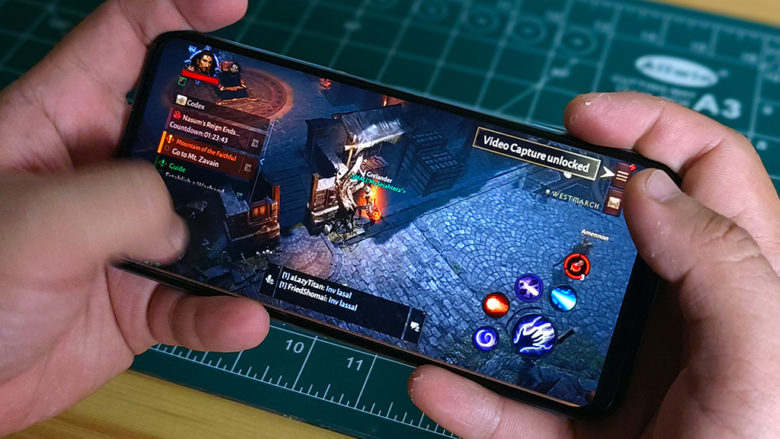





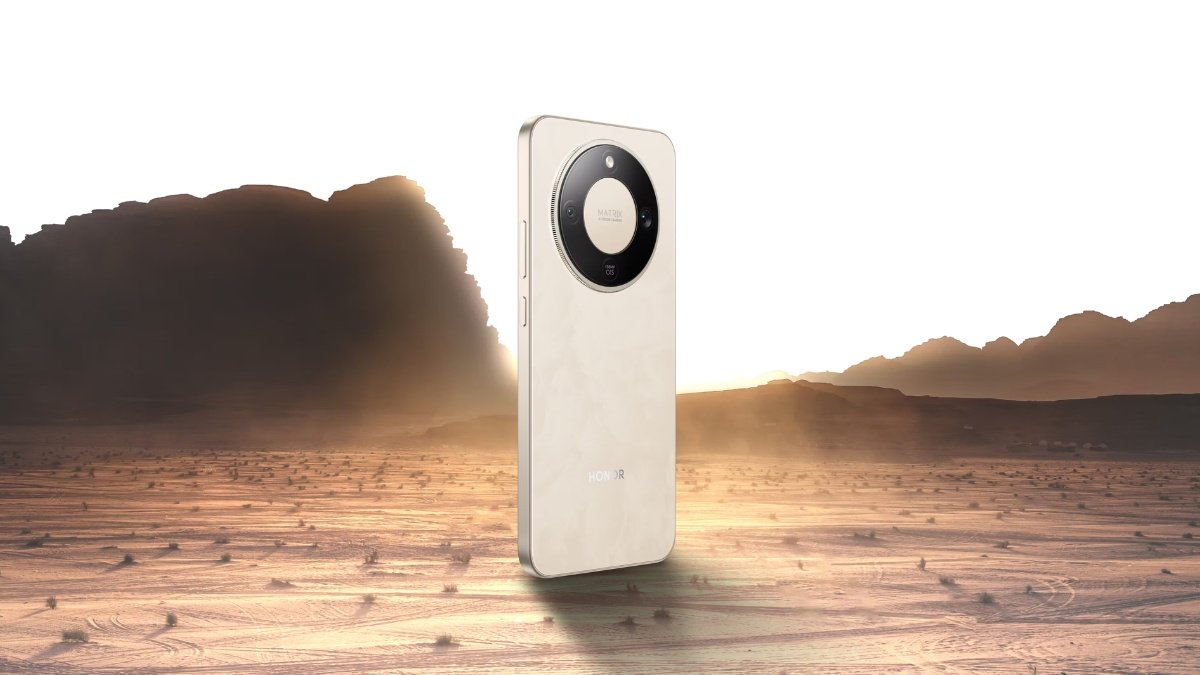

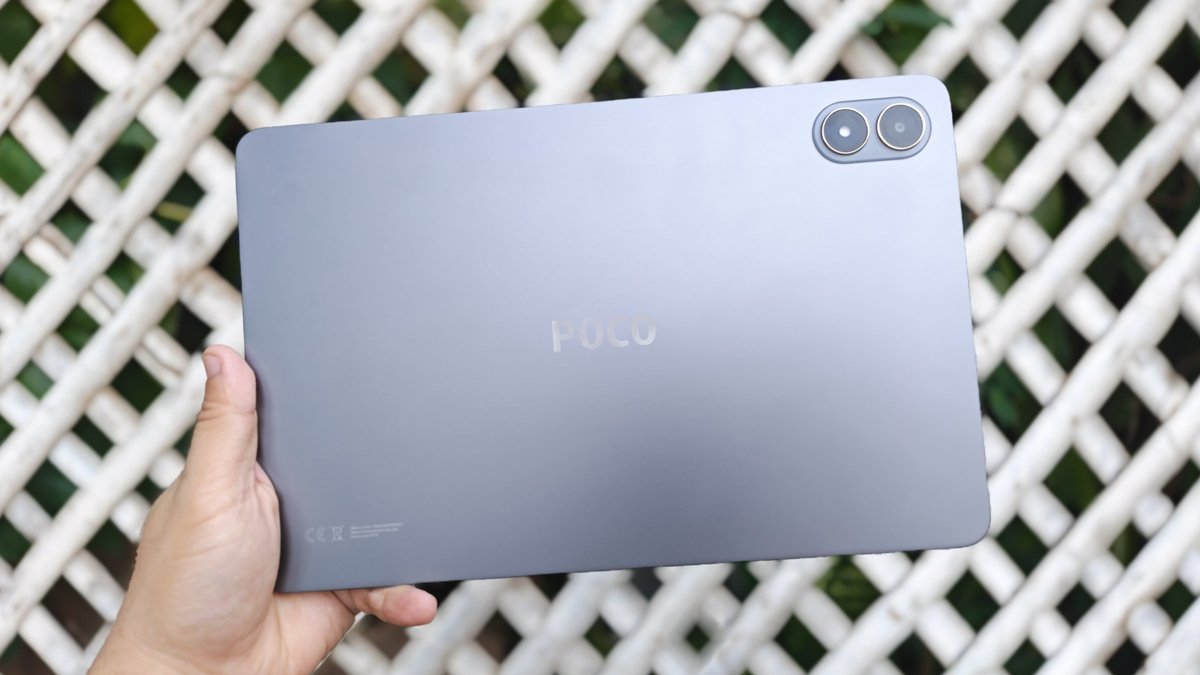
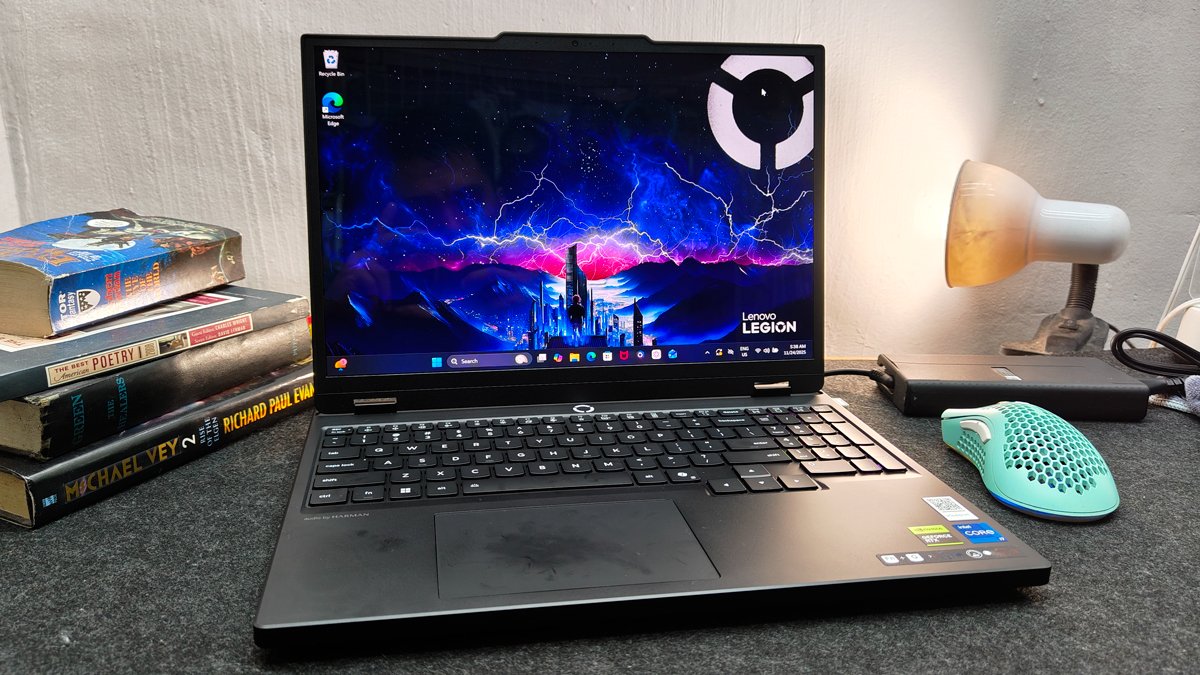
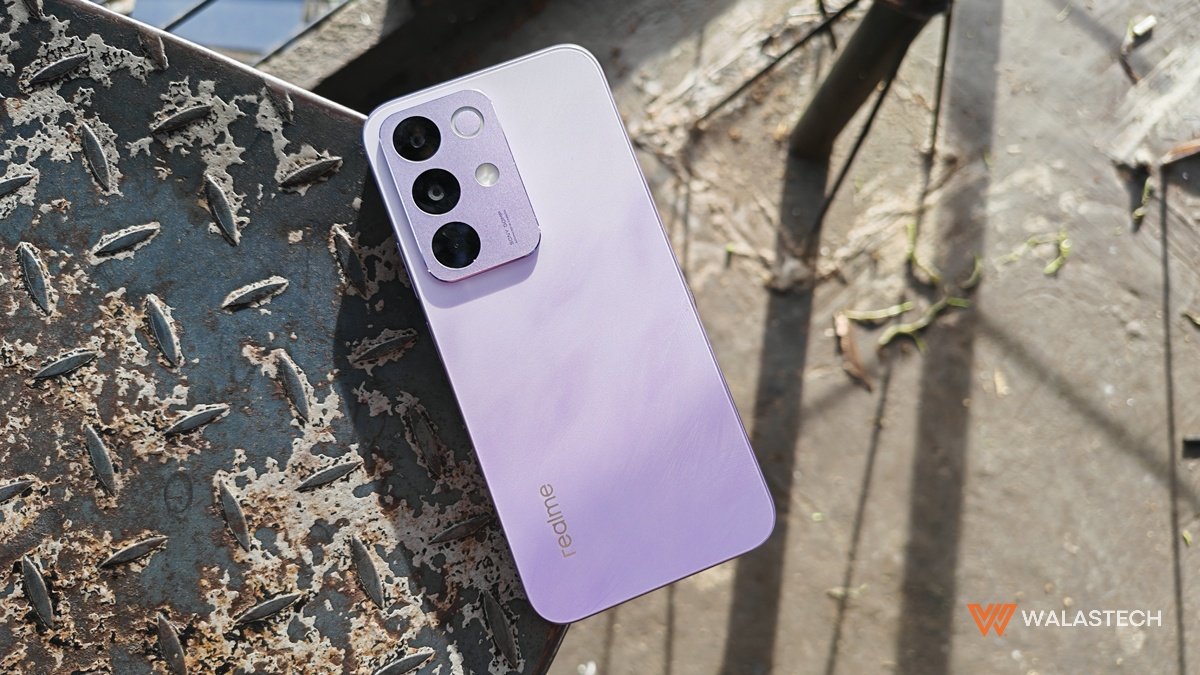
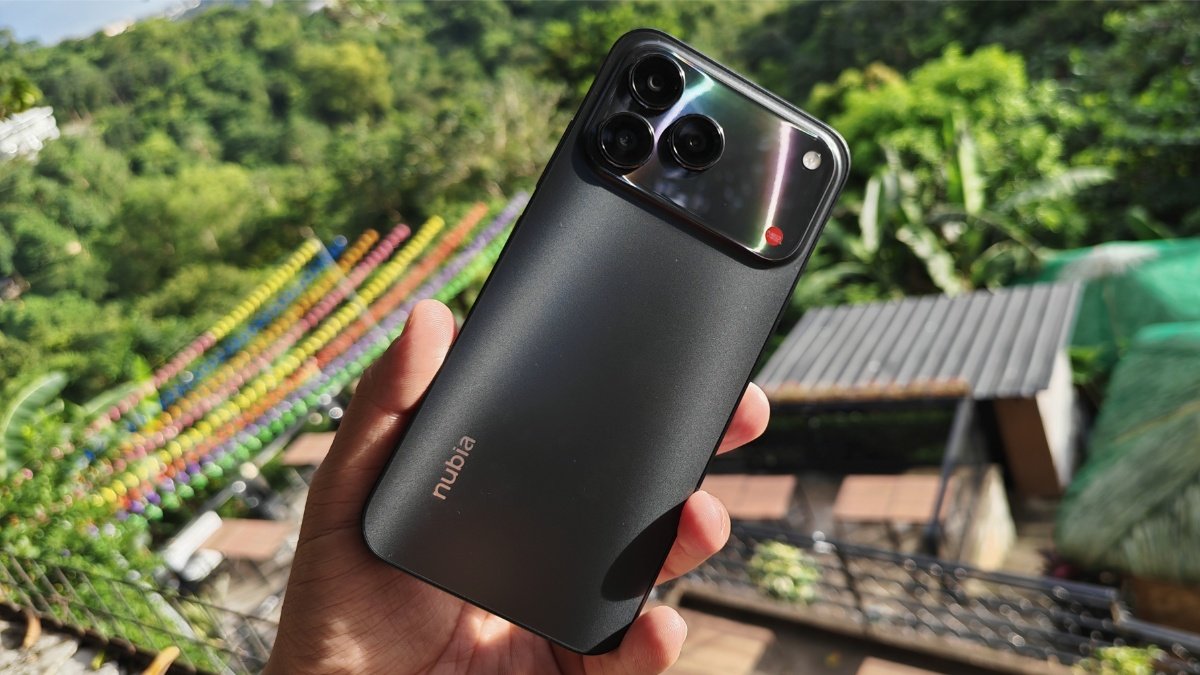
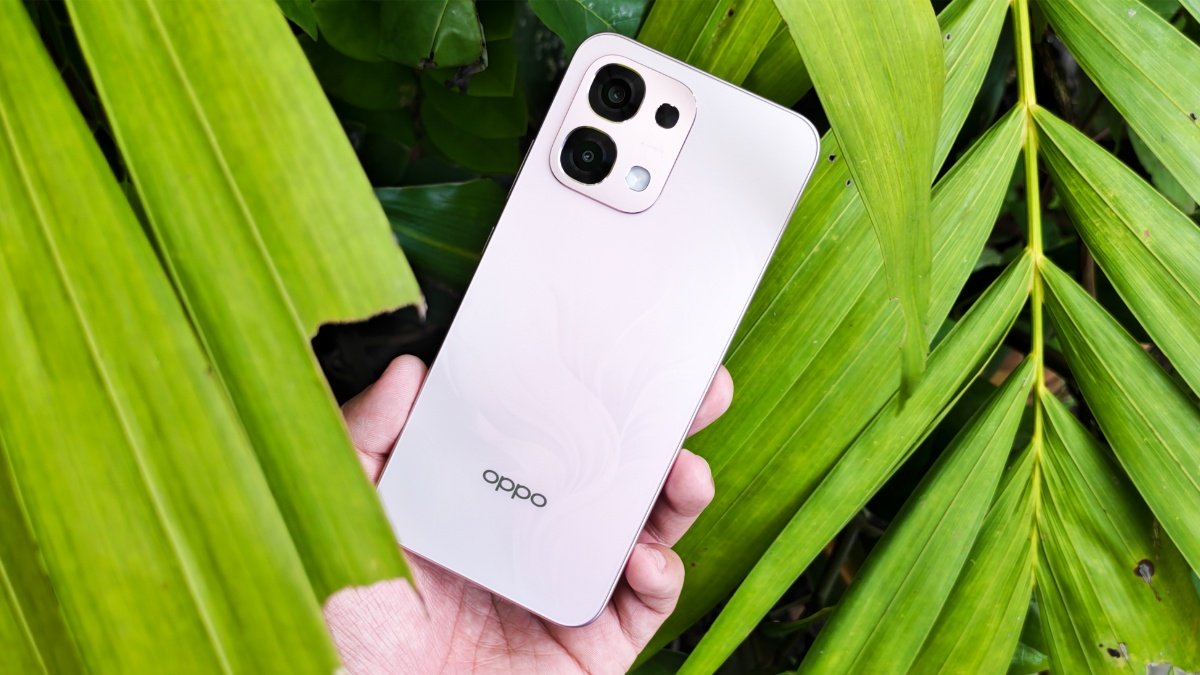
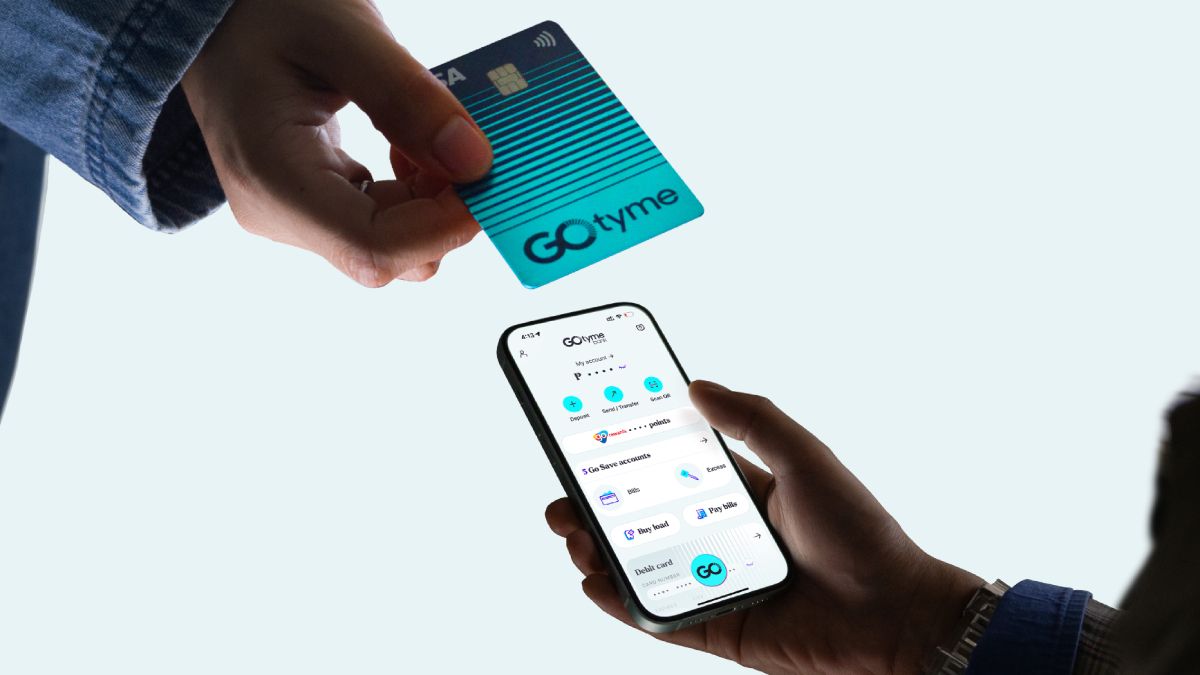
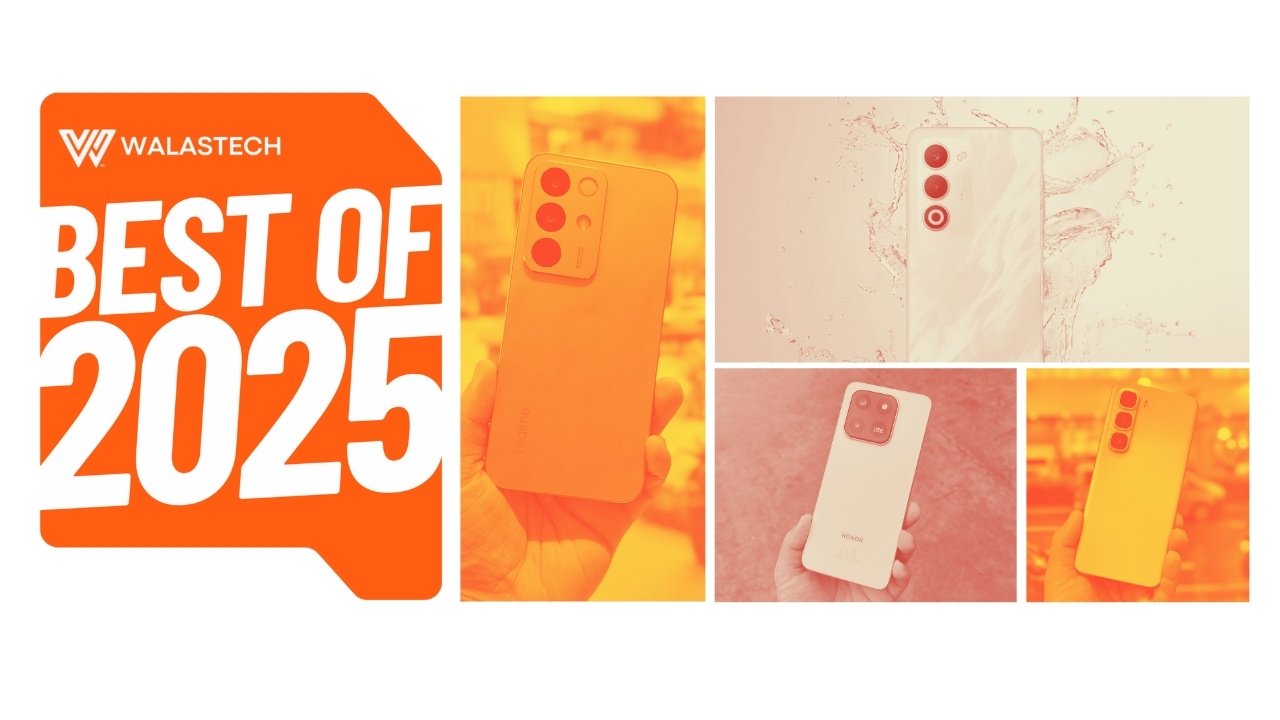
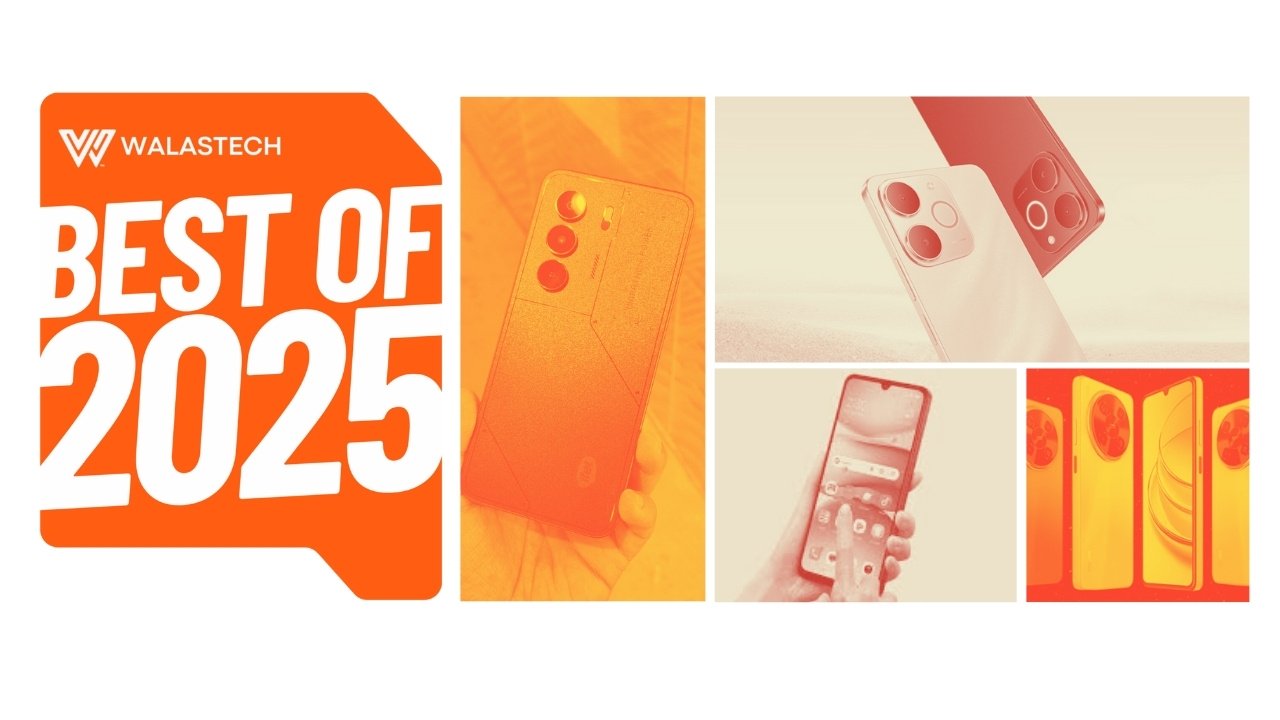




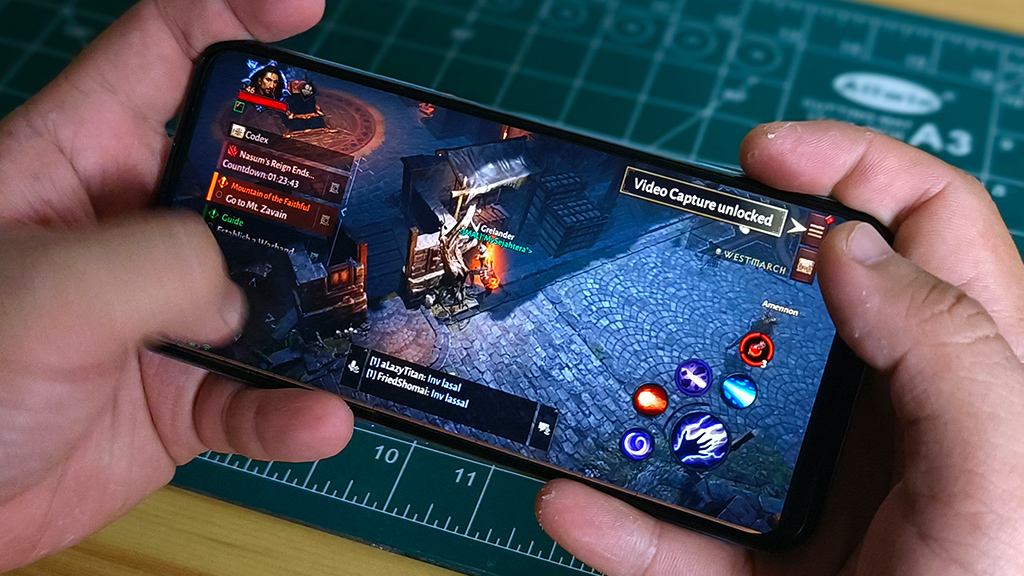
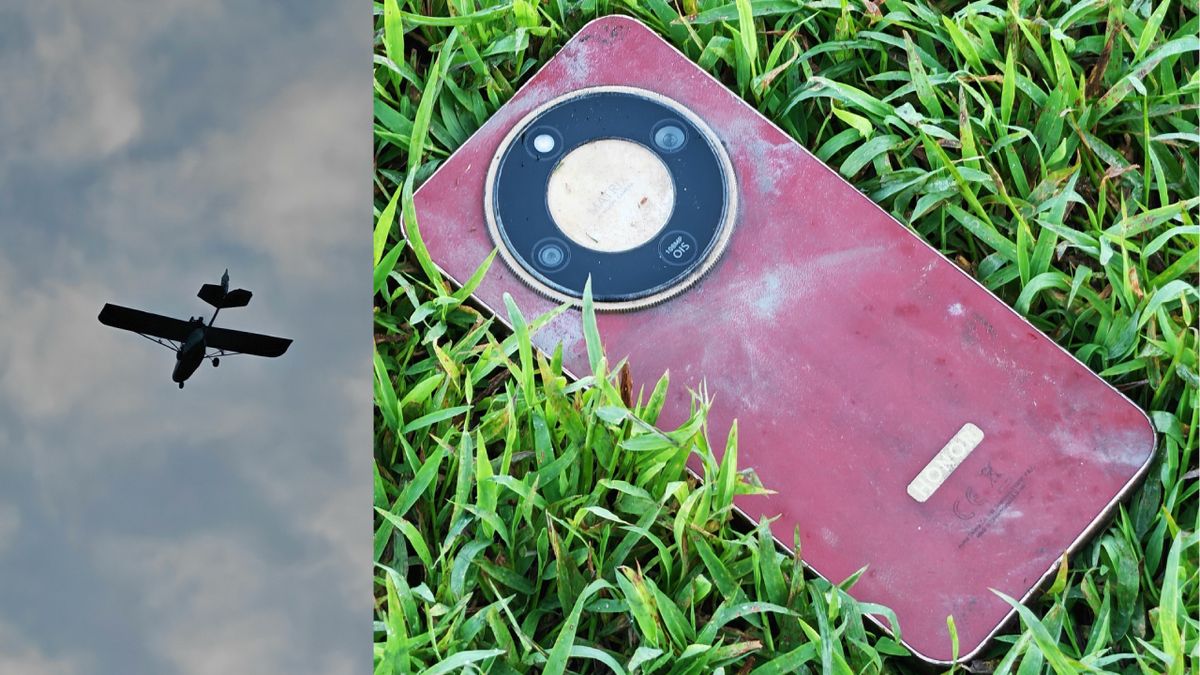
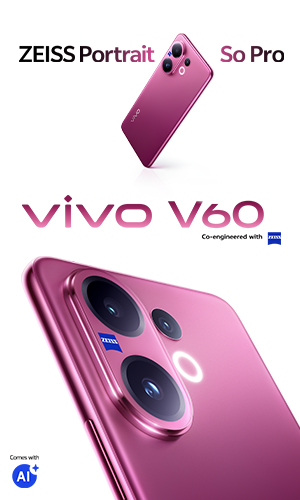



Leave a Reply